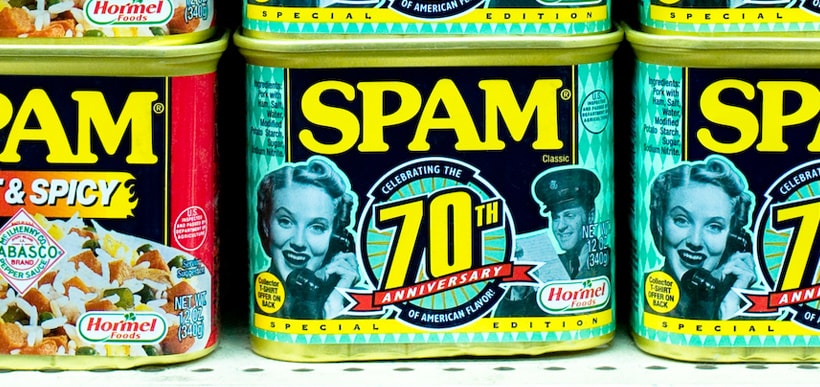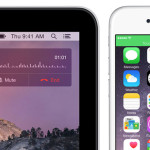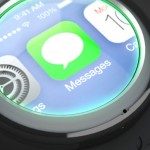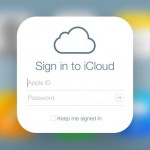iMessage, Apple’s popular messaging service for iOS and OS X has been overrun by spammers, according to a new report from security researching firm Cloudmark. That isn’t that huge a surprise given that spam has been a huge problem on traditional SMS for many years.
According to the report, spam has been reported from designer fashion brands like Ray-Ban, Oakley, and Michael Kors. The report suggests that the reason why iMessage is being used is because anyone with a lot of free iCloud accounts can send a ton of messages easily and cheaply.
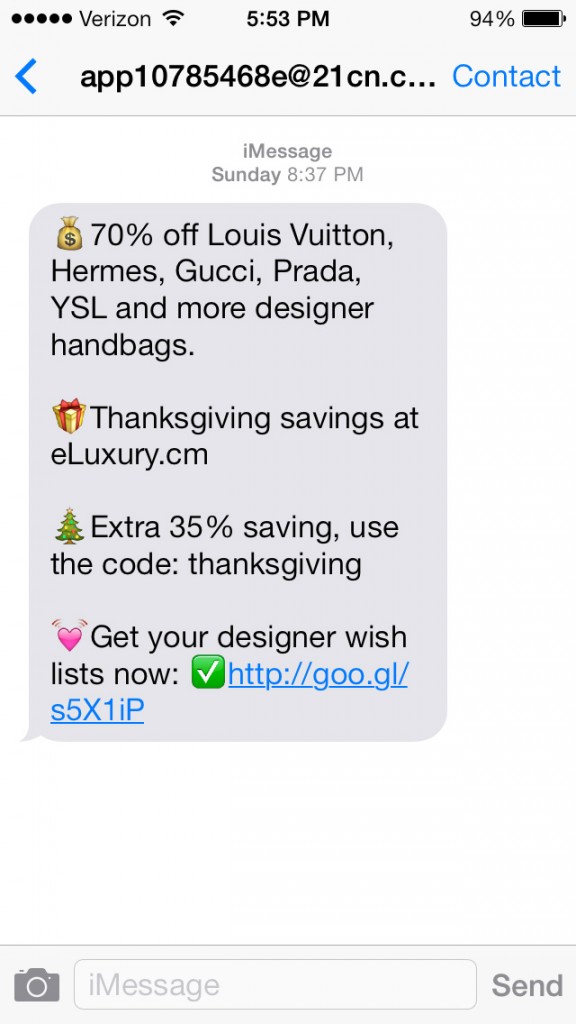
The study suggests that nearly 28 percent of all iMessages were spam in July 2014. To compare, in North America only 1% of all SMS messages are spam. Though in Asia that number is 30%. It’s also worth noting that the number of text messages sent everyday using SMS technology is in the tens of billions, much more than the amount of iMessages sent every day.
iMessage Technology Causing Problems
One of the problems, according to the report, is that the way iMessage allows for “read receipts” allows for spammers to build huge lists of legitimate phone numbers. They can then sell that list to other spammers for huge amounts of money. Read receipts allow iPhone and Mac users to tell the sender when a message has been read.
This, however, isn’t an exclusively “Apple Problem”. SMS alternatives have become a huge business over the last few years. Earlier in 2014, Facebook purchased WhatsApp for $19 billion. WhatsApp is the largest mobile messaging platform behind SMS. One of the things that set these platforms apart from SMS, beyond pricing, is that they are able to offer technology like read receipts. The study suggest that Apple’s iMessage platform isn’t the only one that is seeing the influx of spam.
Users worried about being added to one of these spam lists can turn off read receipts by going into the settings app under iMessage and turning the “Send Read Receipts” option to off.
Hacking is Another Problem
While spammers are able to sign up for free iCloud accounts, the researchers found that nearly 60% of the spam sent over iMessage in May and June 2014 was sent from Apple IDs with Chinese Domains. In July most of the traffic came from Apple IDs associated with Hotmail addresses. The researchers suggest that these aren’t actually mass registered iCloud accounts, but are instead hacked accounts.
The report also found that the United States was by far the biggest target of the iMessage spam. That isn’t unexpected as the United States has the largest market share of Apple products.
